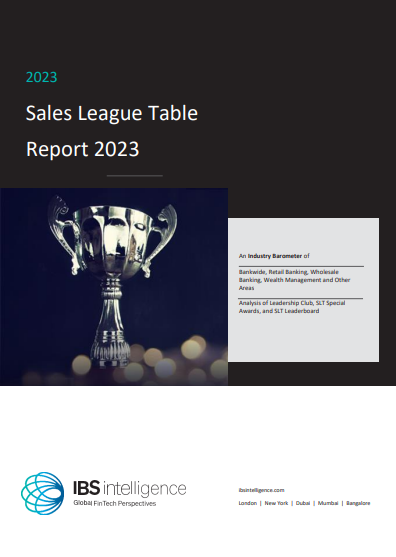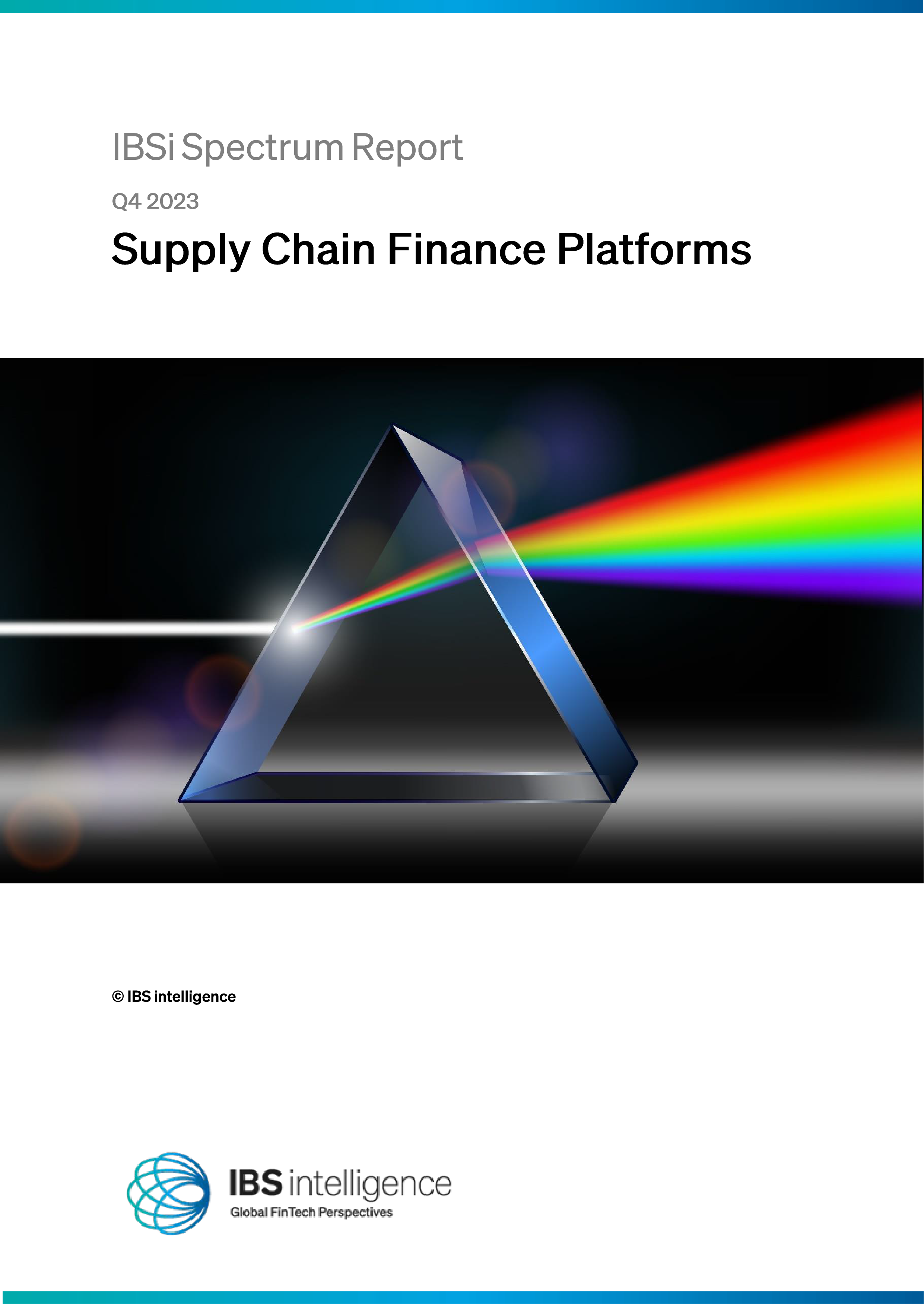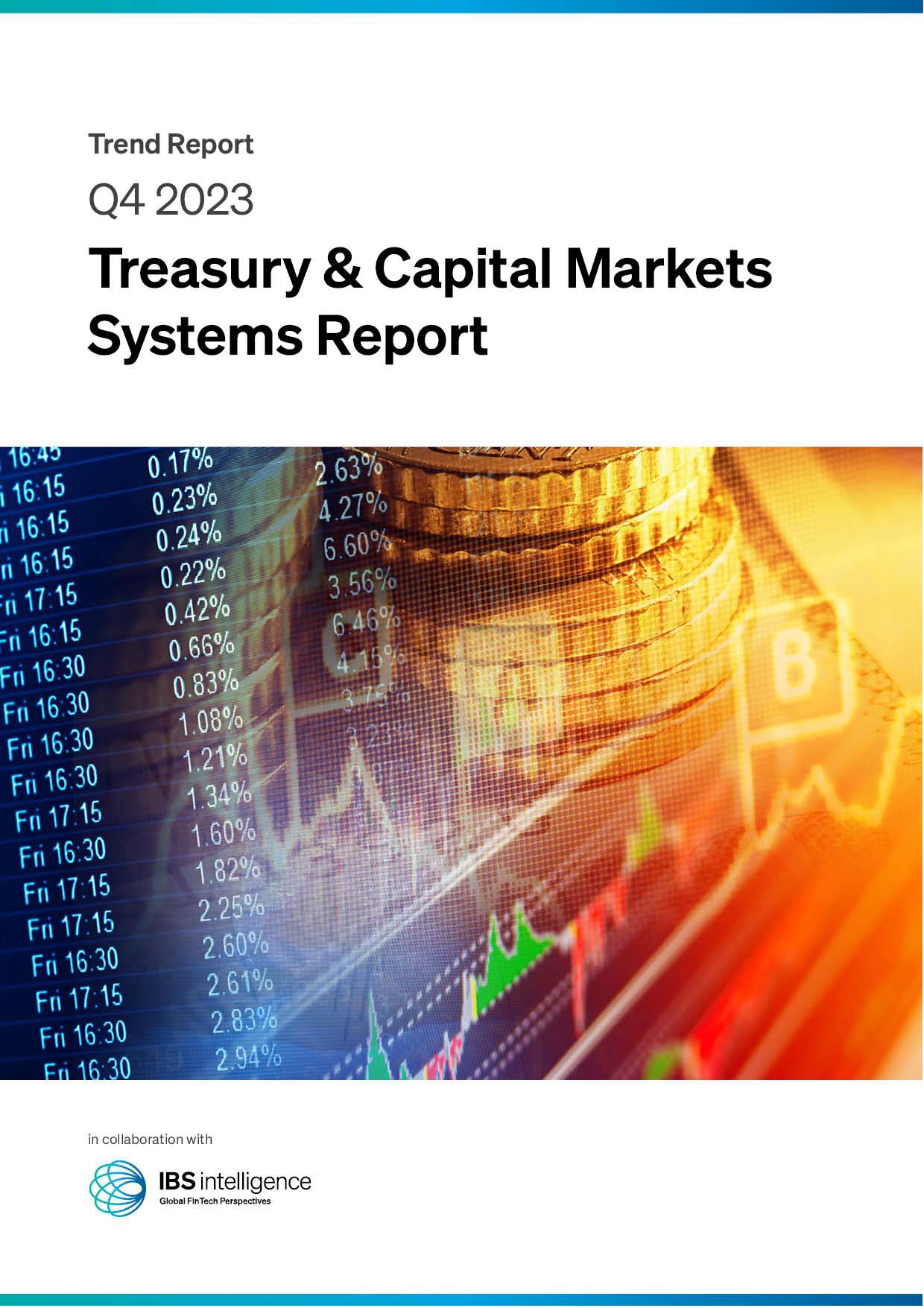 Back
Back
Reducing Reputational Risk in Trading Systems: Prevention is Better than Cure
 Last week a technological glitch at the Bank of England led to delays on transactions across the whole of the UK, illustrating how technology related glitches are still very much a thing of the present. This type of issue is nothing new, and has been known to have monumental consequences in other scenarios. For example, in 2012 it took just 30 minutes for Knight Capital to lose $440 million because of glitches in newly deployed code. The incident became the infamous poster child of the perilous reputational consequences of poorly monitored trading infrastructure. The recent BofE problem, although thankfully limited to some panic around the whereabouts of a much needed January pay check, does highlight that the financial services industry still needs to prioritise creating safeguards to monitor and anticipate problems in complex IT systems.
Last week a technological glitch at the Bank of England led to delays on transactions across the whole of the UK, illustrating how technology related glitches are still very much a thing of the present. This type of issue is nothing new, and has been known to have monumental consequences in other scenarios. For example, in 2012 it took just 30 minutes for Knight Capital to lose $440 million because of glitches in newly deployed code. The incident became the infamous poster child of the perilous reputational consequences of poorly monitored trading infrastructure. The recent BofE problem, although thankfully limited to some panic around the whereabouts of a much needed January pay check, does highlight that the financial services industry still needs to prioritise creating safeguards to monitor and anticipate problems in complex IT systems.
So how can the various stakeholders in electronic trading become more proactive in minimising technological risk and protect their reputation? Part of the answer lies in better real-time monitoring.
Reputation is intangible. A reputation can be tarnished when a bank fails to meet its expected obligations to its stakeholders: its customers, the regulatory and the public at large. On an executive level, acts that sabotage reputation include financial mismanagement and breaching codes of governance. On a lower level, poor customer service and inappropriate behaviour may pose a risk.
However, these are largely reputational risks stemming from human error or misconduct. But in an increasingly automated environment, technology is also a key driver of reputational losses. The high-octane world of financial trading is a prime example of technology’s paradoxical effects. On the one hand, algorithms and machines can eliminate labour and make processes, such as executing trading strategies both faster and more efficient. On the other hand, when things go wrong, they go wrong in catastrophic proportions.
While the electronification of trading has created a more robust audit trail than ever before, banks’ inability to keep up with and process this information often leads to disasters.
Investment banks
Investment banks provide execution services to traders including algorithmic trading, order routing and direct market across different venues as well as, sometimes, in-house (such as a dark pool). The complexity of a bank’s IT operations – a myriad of numerous applications, servers and users – poses a monitoring challenge. In addition, banks also have increasing regulatory obligations, with a growing pressure to stamp out illegal or abnormal activity and to provide more granular reporting.
In 2013, the EU imposed a $2.3 billion fine on 6 global banking giants for rigging the Libor rates. In most of these cases, an adequate real-time trade surveillance system would have provided early notifications of illegal activities and could have minimised damage. By analysing a combination of network data flowing through multiple systems and real-time log data from applications, banks have complete real-time visibility of trading activities. This data can be visualised or stored for compliance purposes. By having a single pane of glass across different systems, banks can bring illegal activity out of the shadows more quickly and into the hands of compliance professionals, and not the newspaper headlines. Furthermore, they can mine this data for market intelligence on how and what their clients are trading, and use these insights to drive their strategies to achieve, and maintain, competitive edge
Exchanges
Similar to large investment banks, global stock exchanges have a highly-distributed trading and market data infrastructure. With increasing trading volumes and high-speed trading, exchanges are under pressure to optimise operational performance and to meet customer and regulatory expectations.
Exchanges must offer rapid access to liquidity and process millions of trades per second at up-to-date prices. In order to maintain this, they must monitor their complex infrastructure in real time and correlate all order events as they encounter gateways, middleware matching engines and market data streams. Tracking trades requires pulling information from different sources across the trading infrastructure and using high-performance analytics to calculate latencies between the various checkpoints in the lifecycle of each trade. This information can further be sliced and diced to see how execution performance varies across different times of the day, different clients and different symbols.
Poor performance with stock exchanges trickles down to the rest of the financial system, including the broker-dealers, market-makers and the end-investors. Equally, the effects of having good technology will be felt and recognised by the wider financial community.
To a certain degree, fines, losses, and reputational damage are unavoidable and unexpected. Firms need to act quickly to remedy and minimise damage when catastrophes occur. However, prevention is always better than cure and this is where technology comes in. Better technology leads to better decision-making and minimising avoidable errors. It not only mitigates risk but is also a competitive advantage, giving financial institutions better visibility into what is going on in their business and how to use it to their gain.
Jay Patani
Tech Evangelist, ITRS
IBSi News

April 19, 2024
Algorithmic Trading
Cashflows partners with National Association of Funeral Directors
Read More- Daily insightful Financial Technology news analysis
- Weekly snapshots of industry deals, events & insights
- Weekly global FinTech case study
- Chart of the Week curated by IBSi’s Research Team
- Monthly issues of the iconic IBSi FinTech Journal
- Exclusive invitation to a flagship IBSi on-ground event of your choice
IBSi FinTech Journal

- Most trusted FinTech journal since 1991
- Digital monthly issue
- 60+ pages of research, analysis, interviews, opinions, and rankings
- Global coverage
Other Related Blogs
Related Reports

Sales League Table Report 2023
Know More
Global Digital Banking Vendor & Landscape Report Q1 2024
Know More
Wealth Management & Private Banking Systems Report Q1 2024
Know More
IBSi Spectrum Report: Supply Chain Finance Platforms Q4 2023
Know More
